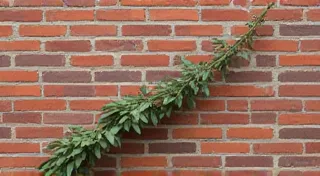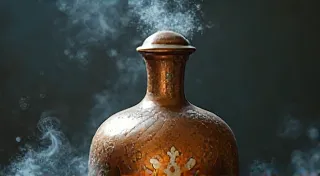Chromatic Harmony: Styling Container Tomato Gardens for Aesthetic Appeal
There's a peculiar connection I feel when I think about heirloom tomatoes and antique accordions. Both represent a commitment to craftsmanship, a reverence for the past, and a beauty that transcends mere utility. An accordion, with its intricate bellows and keys, speaks of a time when instruments were built to last, each one a testament to the artisan’s skill. Similarly, heirloom tomato varieties carry within them stories of generations – passed down seeds, cherished flavors, and a vibrant tapestry of colors often lost in the uniformity of modern agriculture. Growing them in containers, particularly with an eye toward aesthetics, feels like continuing that legacy, creating a small, living piece of art.
My grandfather, a taciturn man of few words, played the accordion. I only recall snippets of melodies drifting from his workshop – a mournful waltz, a spirited polka. He never explained the mechanics, the construction, or the history behind the instrument, but I understood, intuitively, that it was something precious. It wasn’t just a means of making music; it was an extension of his soul, a tangible link to his ancestors who had emigrated from Eastern Europe. Seeing a restored accordion now – gleaming wood, perfectly functioning keys – evokes that same feeling of reverence. Just as we seek to preserve those musical treasures, we can cultivate a container tomato garden that's a visual feast, celebrating the beauty and history of these remarkable plants.
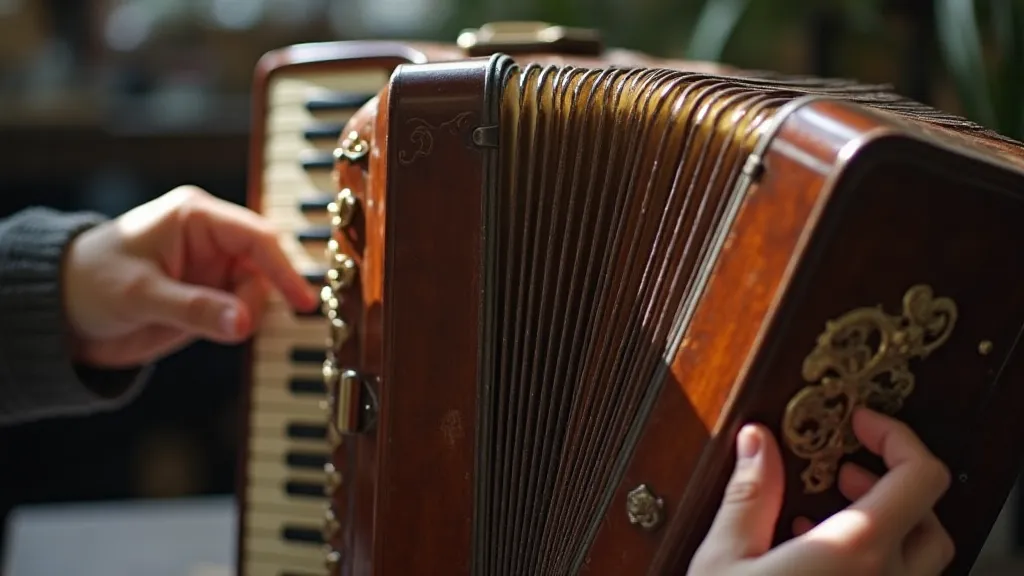
Beyond the Red: Exploring Tomato Variety Colors
When most people think of tomato plants, a vibrant red immediately springs to mind. But the world of heirloom tomatoes is a riot of color! From the deep purple of ‘Black Krim’ to the sunny yellow of ‘Golden Jubilee’, and the almost chocolate brown of ‘Chocolate Cherry’, the possibilities are endless. Consider the visual impact of combining these colors. A cluster of ‘Green Zebra’ tomatoes – striped with green and yellow – alongside the rich purple of ‘Paul Robeson’ creates a striking contrast. ‘Sungold’ tomatoes, with their intense orange hue, practically glow in the sunlight and offer a cheerful pop of color.
The choice of tomato variety isn’t just about taste, though that’s certainly important. It’s about considering how the color of the fruit will interact with the other elements in your container garden. Do you want a bold, dramatic display, or a more subtle, harmonious blend? Think of it like choosing colors for a painting - the key is balance and intention.
Container Selection: A Foundation for Beauty
The container itself plays a crucial role in the overall aesthetic. A plain terracotta pot might be functional, but it lacks personality. Consider exploring options like aged wooden barrels, galvanized metal tubs, or even creatively repurposed items like old watering cans. The container should complement the tomato varieties you're growing and contribute to the garden's overall theme.
For instance, dark-colored containers, like charcoal gray or deep brown, can make the vibrant colors of the tomatoes ‘pop’. Lighter-colored containers create a more relaxed, airy feel. Ensure the container is large enough to accommodate the mature size of the tomato plant and has adequate drainage holes to prevent root rot. Just as an accordion’s case protects its delicate mechanics, a well-chosen container protects the plant's roots.
The Art of Companion Planting: Textural and Color Harmony
Container gardening isn’t just about the tomatoes themselves; it’s about creating a miniature ecosystem. Companion plants can not only benefit the tomato plants by deterring pests and improving soil health but also enhance the visual appeal of the container garden. Think about incorporating plants with different textures and colors.
For example, the feathery foliage of dill or the trailing vines of sweet alyssum offer a lovely contrast to the more robust tomato plants. Marigolds, with their bright yellow and orange flowers, provide a cheerful accent, while basil adds a fragrant aroma and a touch of greenery. The interplay of textures is just as important as color. Rough, textured leaves next to smooth, glossy leaves create visual interest and a sense of depth.
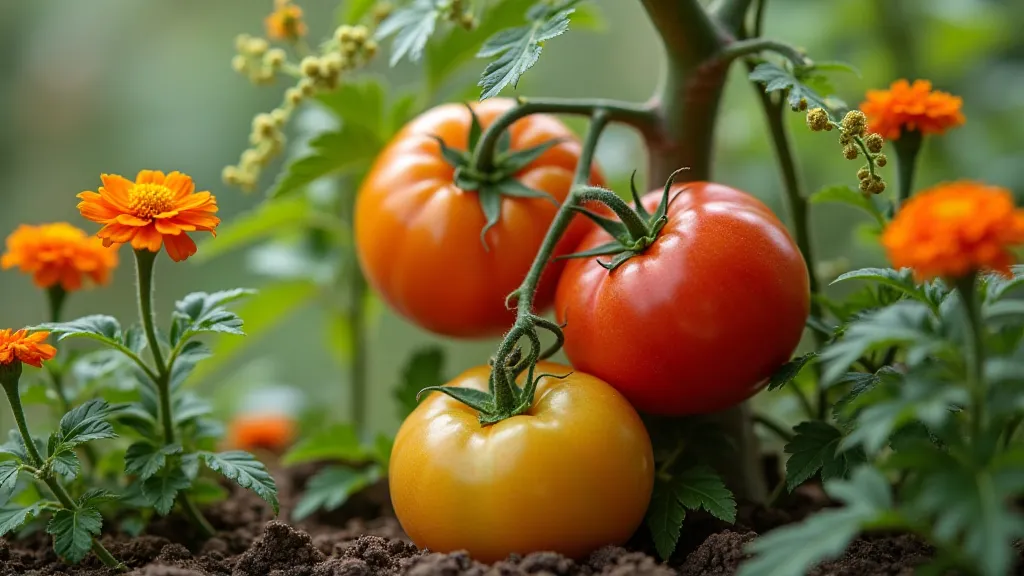
Texture and Form: Mimicking Nature's Designs
Nature is the ultimate artist, and we can draw inspiration from its designs. Consider the natural shapes and forms you see in a forest or meadow. A container garden can mimic this diversity. Taller tomato plants can serve as the ‘backbone’ of the design, while shorter companion plants fill in the foreground. Trailing plants can cascade over the edges of the container, creating a soft, romantic effect.
Think about the way light falls on different surfaces. Glossy leaves reflect light differently than matte leaves, creating a dynamic visual effect. The contrast between the rounded shape of a tomato fruit and the spiky leaves of a basil plant adds visual interest.
A Timeless Connection: Restoration and Appreciation
My grandfather’s accordion wasn’s always in pristine condition. He’s repaired it numerous times over the years – replaced bellows, re-glued keys. Each repair was done with care and precision, a testament to his respect for the instrument. Similarly, growing heirloom tomato plants is an act of preservation. We are safeguarding genetic diversity and honoring the legacy of generations past.
Just as a restored accordion resonates with the music of the past, a container tomato garden evokes a sense of history and connection. It’s a reminder that beauty can be found in simplicity and that even a small space can be transformed into a vibrant work of art. It's about appreciating the craftsmanship – whether it’s the intricate workings of an accordion or the careful selection and cultivation of heirloom tomato varieties – and finding joy in the beauty they create.
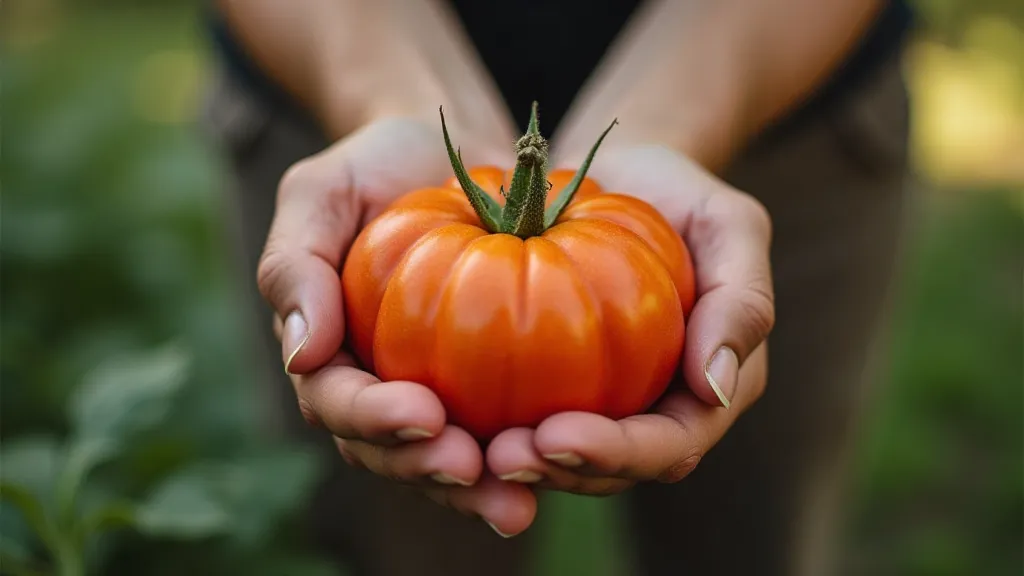
Beyond Aesthetics: A Sustainable Practice
Creating a beautiful container tomato garden isn’t just about aesthetics; it’s also a sustainable practice. Heirloom varieties are often more resilient and disease-resistant than their modern counterparts, reducing the need for pesticides and fertilizers. Growing your own food, even in a small space, is a way to connect with nature and reduce your environmental impact.
The effort we put into creating a stunning container garden—choosing varieties, pairing companions, carefully tending to the plants—is an investment in beauty, sustainability, and a deeper connection to the natural world. It is a small act of preserving history, just as my grandfather preserved his music.
